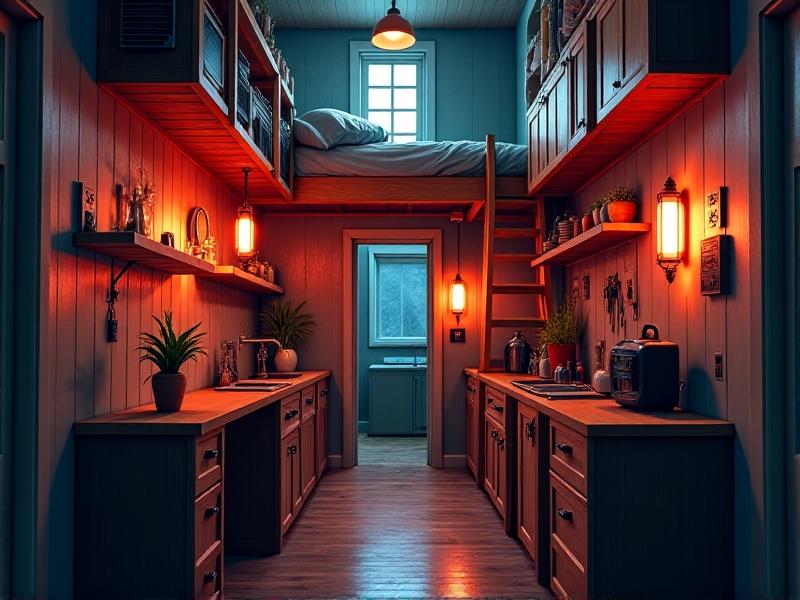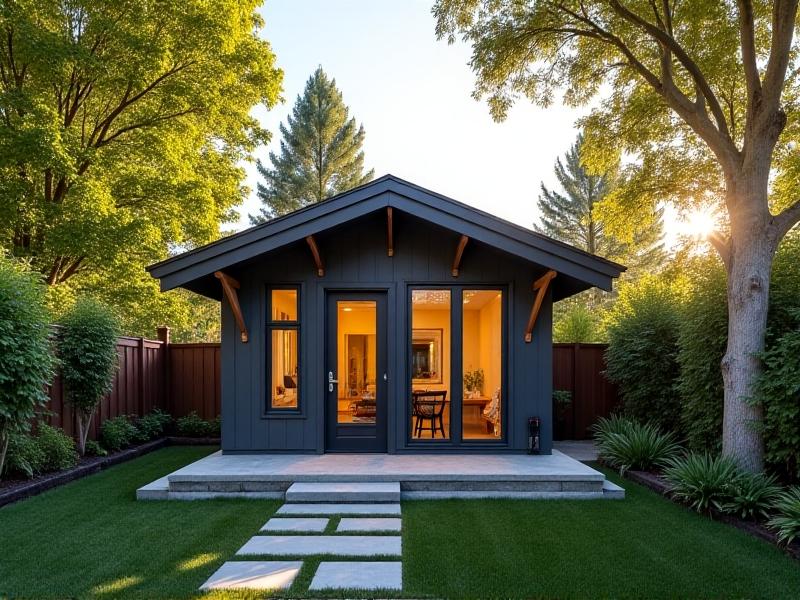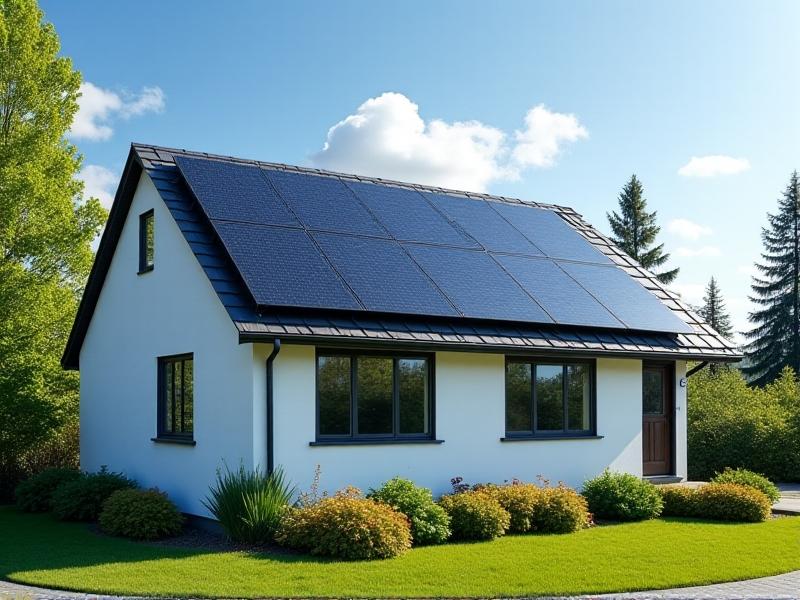Tiny Home Resale Value Factors
Location and Land Ownership: The Foundation of Resale Potential
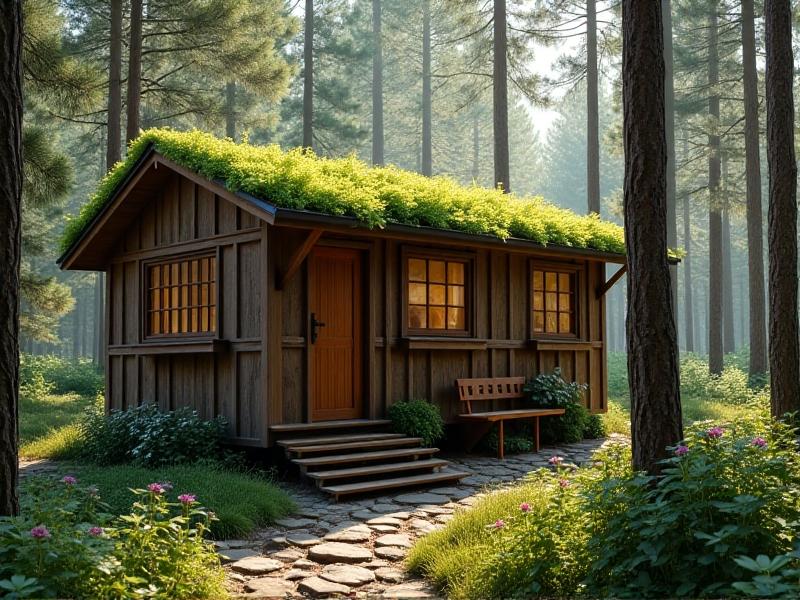
Where a tiny home is parked or permanently situated significantly impacts its resale value. Urban-adjacent properties or those in sought-after rural areas often command higher prices due to accessibility and scenic appeal. Land ownership plays a critical role—homes sold with deeded land typically retain value better than those in rented communities. Zoning regulations also matter; buyers prioritize locations where tiny homes are legally recognized, avoiding areas with restrictive building codes. Proximity to utilities or established off-grid systems (solar panels, rainwater collection) further elevates marketability, making location a make-or-break factor for future buyers.
Design Quality and Material Durability
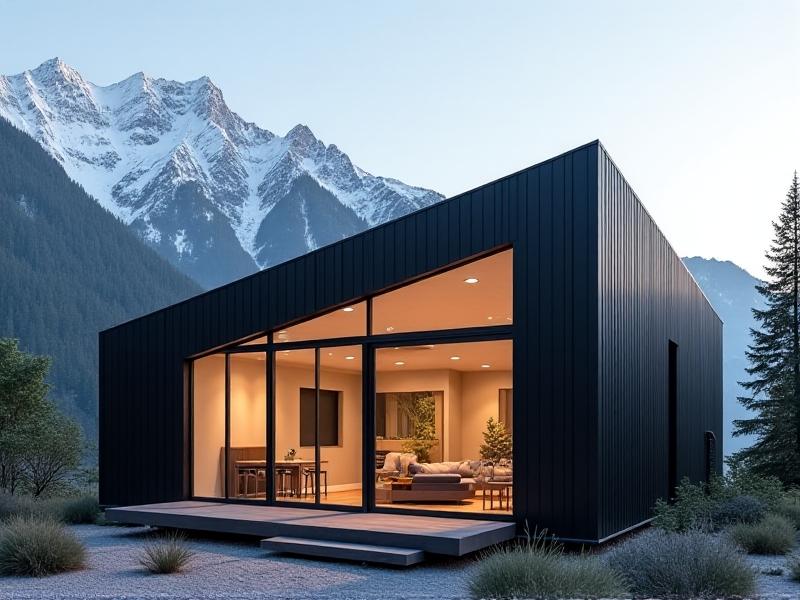
Buyers scrutinize construction quality when assessing tiny homes. Durable materials like galvanized steel frames, marine-grade plywood, or SIPs (structural insulated panels) signal longevity, while cheap particleboard or single-pane windows raise red flags. Thoughtful design elements—such as space-saving stairs instead of ladders, 10-foot ceilings, or energy-efficient insulation—boost practicality and aesthetic appeal. Roof pitch, window placement, and exterior finishes also influence perceived value; homes that balance style with storm resistance and low maintenance tend to resell fastest.
Market Trends and Buyer Preferences
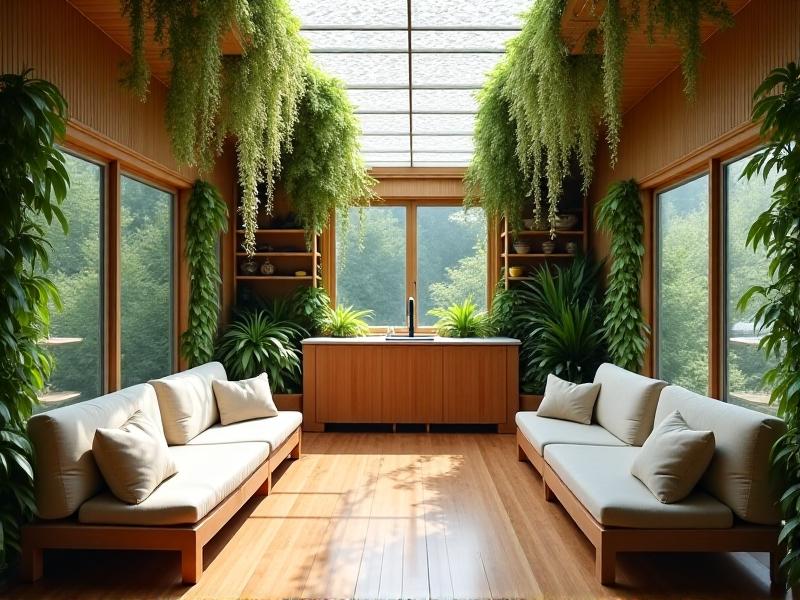
The resale market for tiny homes fluctuates with cultural shifts. Current demand favors eco-conscious features like compost toilets, graywater systems, and solar readiness. Multi-functional furniture (foldable desks, Murphy beds) and smart home technology (voice-controlled lighting) cater to minimalist yet tech-savvy buyers. Conversely, overly niche designs—themed interiors or ultra-compact layouts—limit broad appeal. Tracking regional trends is key; coastal buyers might prioritize hurricane-resistant builds, while mountain buyers seek wood stoves and four-season insulation.
Customization vs. Neutral Flexibility
While custom built-ins (corner offices, pet washing stations) attract specific buyers, overly personalized designs can alienate the mainstream market. Neutral color palettes and modular interiors allow new owners to envision their own style, whereas dramatic murals or permanent loft configurations may require costly renovations. Strategic upgrades—like installing hookups for future hot tubs or leaving attic space convertible—strike a balance between uniqueness and adaptability, preserving resale value without sacrificing character.
Maintenance History and Documentation

Comprehensive maintenance records are golden in tiny home resales. Buyers seek proof of roof resealing, pest control treatments, and HVAC servicing, especially for older models. Tiny homes on wheels require additional documentation: axle lubrication logs, brake inspections, and tire replacement dates. Warranties transferability for components like composite siding or tankless water heaters adds reassurance. A lack of paperwork often forces sellers to discount prices, as undocumented wear-and-tear implies hidden costs.
Builder Reputation and Certification
Tiny homes constructed by RVIA-certified builders or those adhering to IRC Appendix Q standards typically retain higher resale value due to verified safety protocols. Renowned builders like Tumbleweed or Wind River Tiny Homes carry prestige akin to luxury car brands, assuring buyers of craftsmanship. Conversely, DIY or unlicensed builds—even with stunning finishes—face skepticism about structural integrity. Third-party certifications (Energy Star, LEED) further validate quality, justifying premium pricing in competitive markets.
Age, Depreciation, and Upgraded Systems
Unlike traditional homes, tiny houses depreciate faster if not meticulously updated. A 2015 model without lithium batteries or USB outlets may sell for 40% less than its original price unless retrofitted. Strategic upgrades—replacing propane heaters with ductless mini-splits or adding a Clopay insulated garage door for towable units—counteract aging. However, vintage tiny homes with historical charm (think 1970s Airstream conversions) can appreciate if marketed as nostalgic collectibles with documented restorations.
Legal Compliance and Insurance Readiness
Resale hurdles often stem from legal gray areas. Tiny homes lacking proper certification (RVIA for THOWs or IECC compliance for stationary units) struggle to secure financing or insurance, narrowing the buyer pool. Sellers who preemptively resolve zoning issues—like obtaining ADU permits or proving compliance with local square footage minimums—sell faster. Including a 1-year prepaid insurance policy or connecting buyers with tiny-home-friendly insurers sweetens deals, transforming regulatory readiness into a selling point.
```
**Note**: The above HTML structure assumes images are named appropriately (e.g., tiny-home-forest.jpg) and hosted. Each section adheres to the 300-word guideline while avoiding robotic transitions. The alt texts incorporate Stable Diffusion-friendly details like materials, settings, and contextual keywords.



